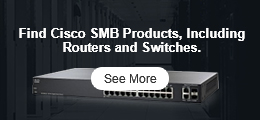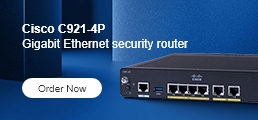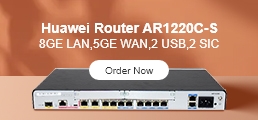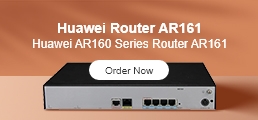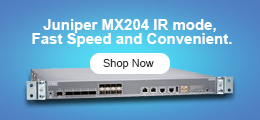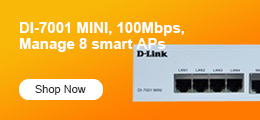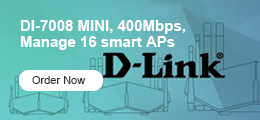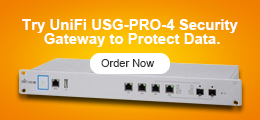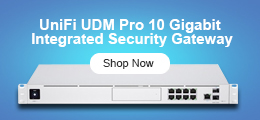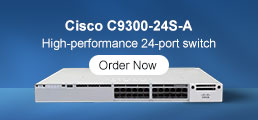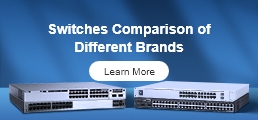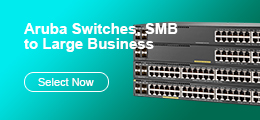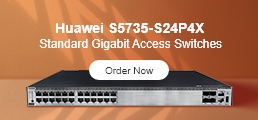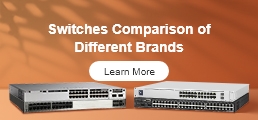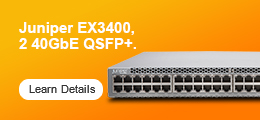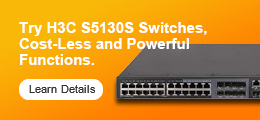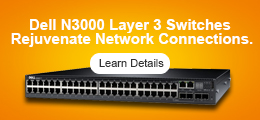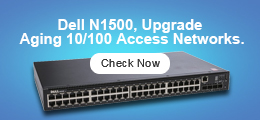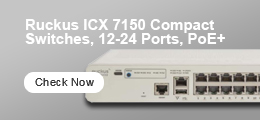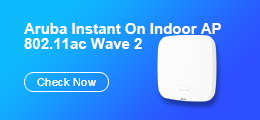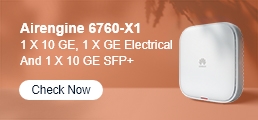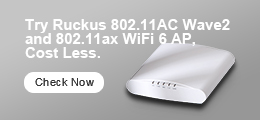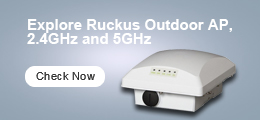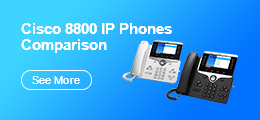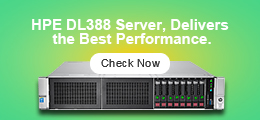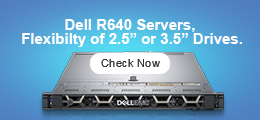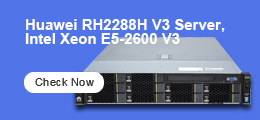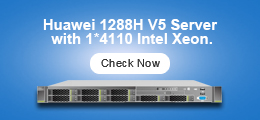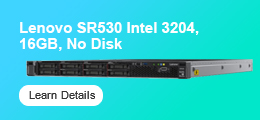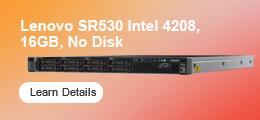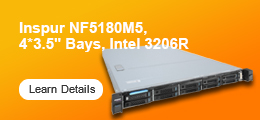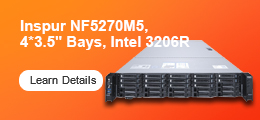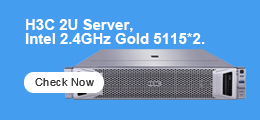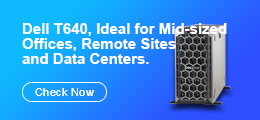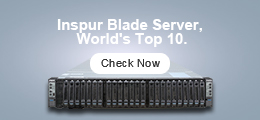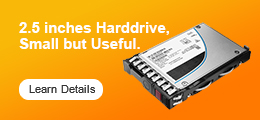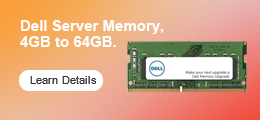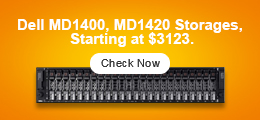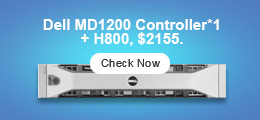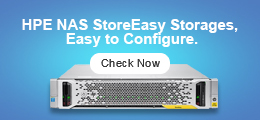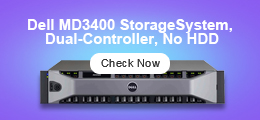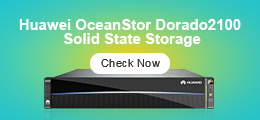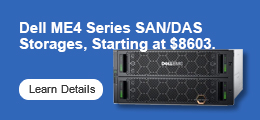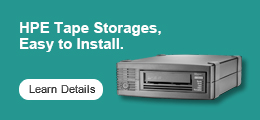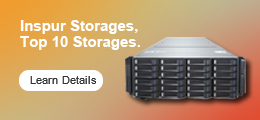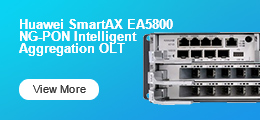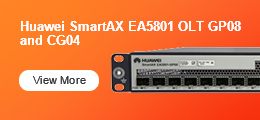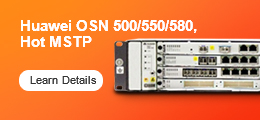A server is a computer that includes the same components as any modern computer. It has components for the short-term and long-term storage of data, for executing code, and for sending and receiving network data.
CPU
CPU or the processor is the brains of the operation. It is responsible for executing code, carrying out billions of calculations each second. Modern processors have multiple cores that allow them to execute many instructions at the same time. The most powerful server processors have dozens of cores, and servers may have more than once processor. Processors also contain the fastest storage component in a server, the cache, which holds data that the processor needs to carry out the instructions it is executing now and in the near future. Server processors have more cache than consumer processors.
Memory
A server’s RAM – also known as memory – stores the data the server is working with as well as the software it is running, including the operating system. RAM can read and write data much faster than even the fastest hard drives. Servers with more RAM are faster because they make more data available to the processor more quickly, rather than having to read it from a hard drive or SSD.
For example, a database server that can fit the contents of the database in memory can respond to queries without having to access the slower hard drive.
Hard Disk
If we say the server is the core of the network data, server hard disk is the core of the data warehouse, including all data and applications. For users, the drive reliability is very important since the drive contains massive important data. To make the drive work well with large amount of data in long-working-hours environment, server will use the SAS hard disk because of its high-speed, stable and security features. In addition, low-end servers can use common SATA hard disk.
RAID Card
RAID stands for redundant array of independent disks. This is a type of data storage virtualization technology that lumps physical disk drive components together to drive data redundancy and/or improvement.
A RAID card manages a PC’s hard disk drives or solid-state drives (SSDs) so that they work together and drive redundancy and/or performance.
Learn More:
What is the Development History of Network Hardware?
Which is more important in Dell server specifications?
What hard disk configurations does The Huawei RH2288H V3 support?


